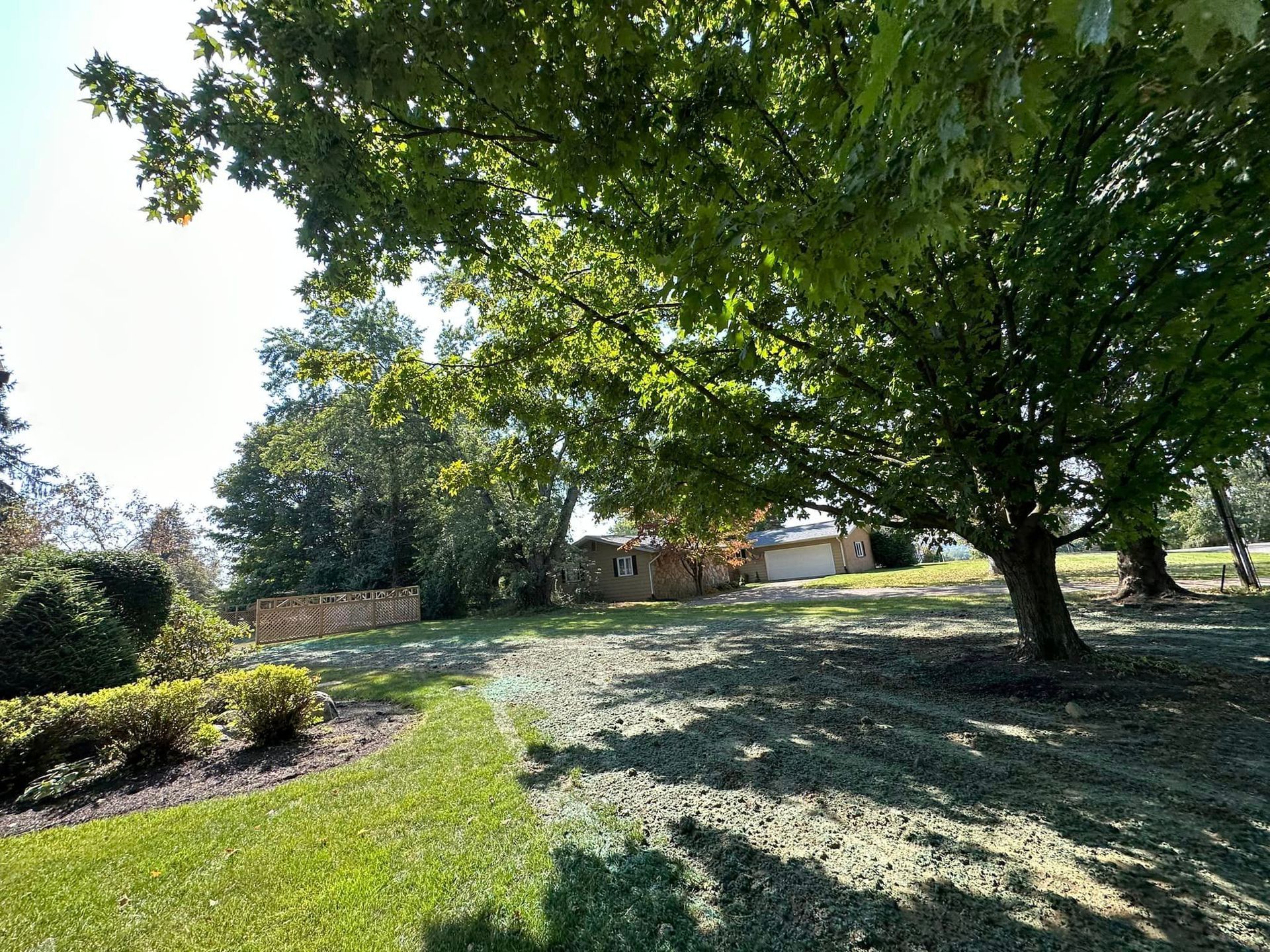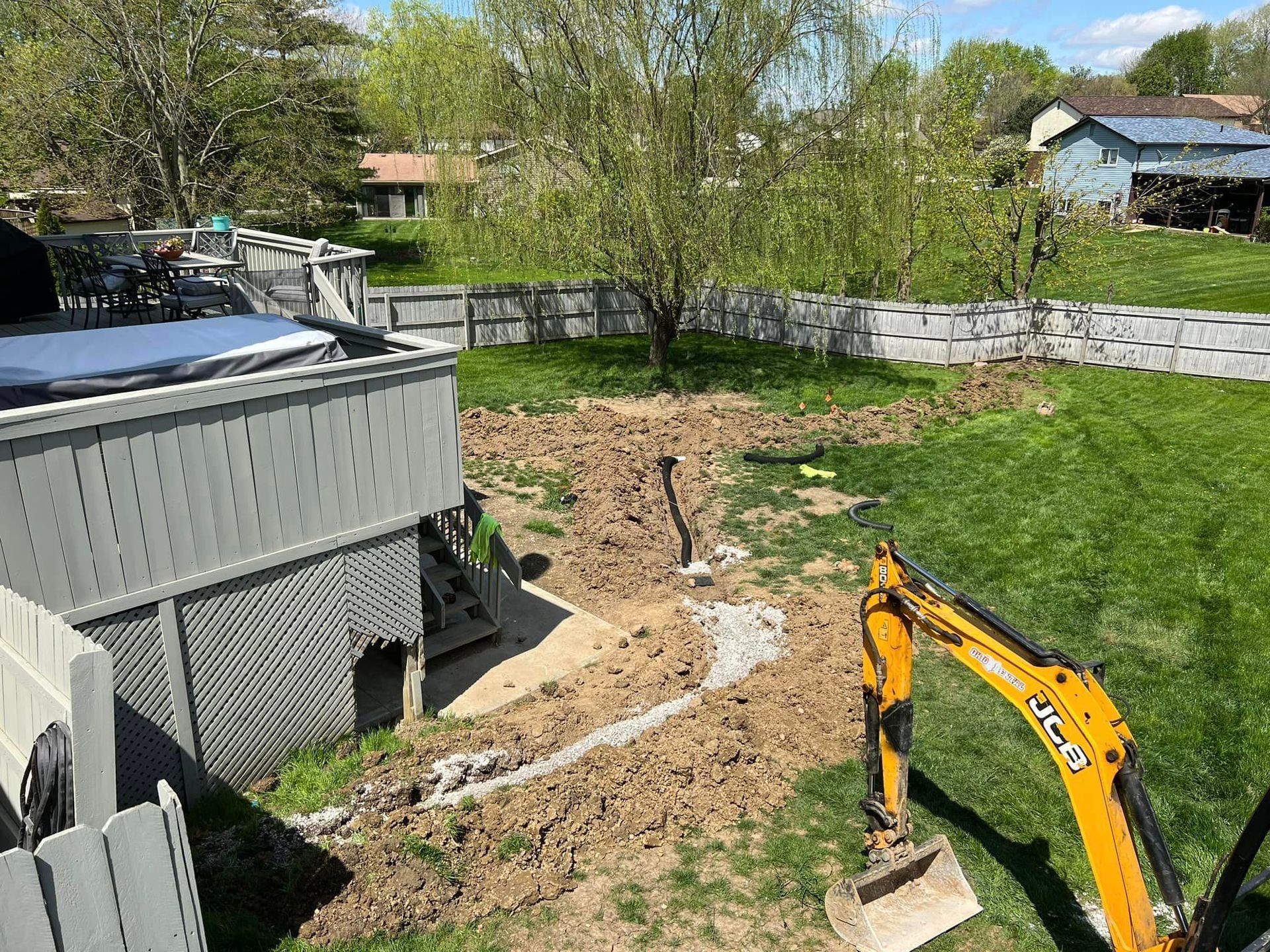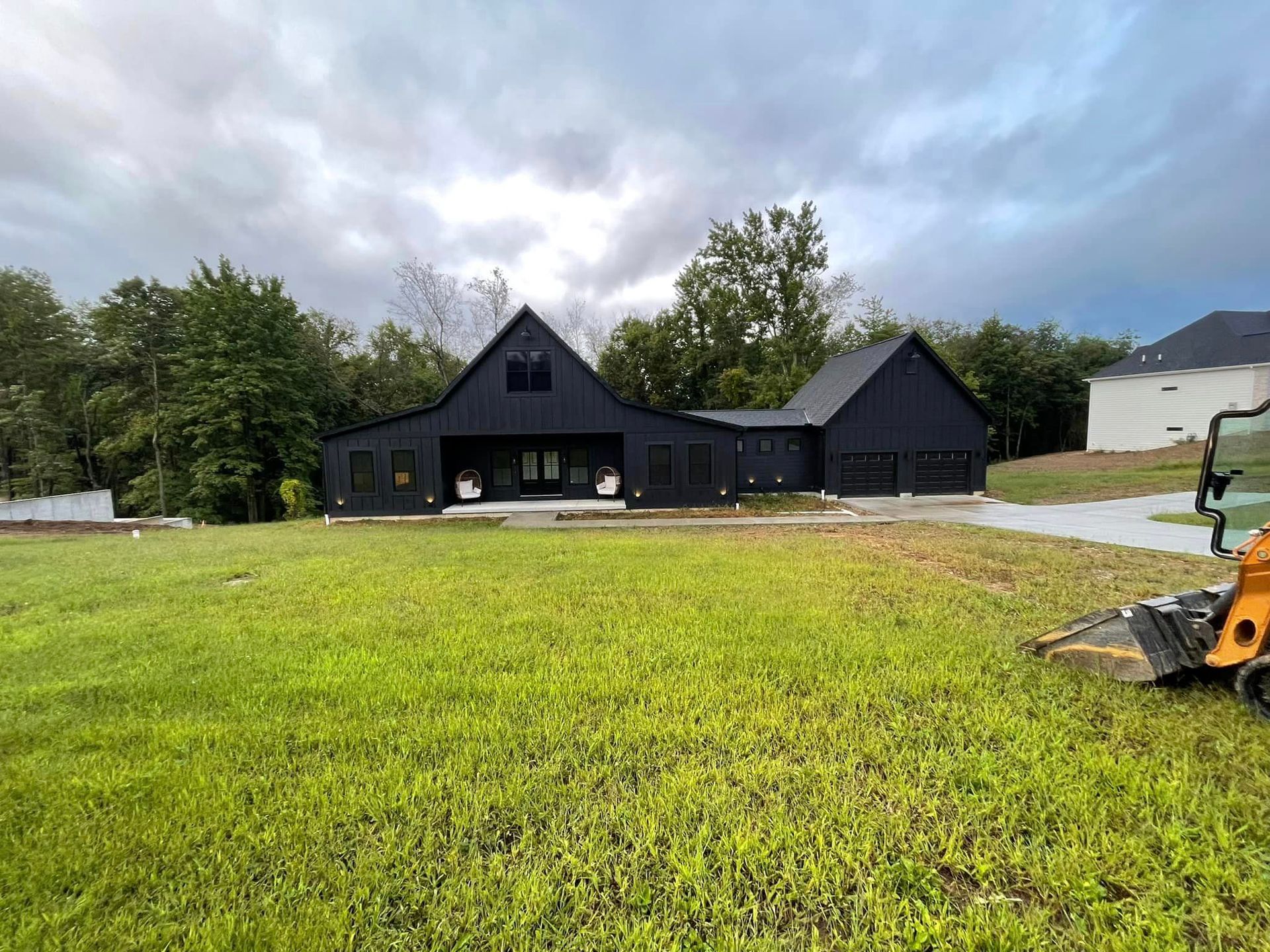Underground Farm Utilities: How We're Modernizing a Brownsville Barn's Systems
Double B Excavations & Grade LLC
What Lies Beneath
WHEN FARM IMPROVEMENTS UNCOVER UNEXPECTED CHALLENGES
There's a lot more going on under your feet than you might think, especially on a working farm.
We discovered this firsthand on a recent project in Brownsville, where what started as a simple dig turned into a full system upgrade.
That's the thing about farm infrastructure - it's built up over years, sometimes decades, and often holds a few surprises.
When the property owners started digging, they ran into both electric lines and drainage pipes.
Not the kind of surprise anyone wants, but exactly the kind of challenge we're built to handle.
Modern farms need reliable power and proper drainage to operate efficiently, and sometimes that means taking a step back to move forward.
Welcome to Double B!
Project Overview
This Brownsville project is a perfect example of how farm improvements often grow in scope. What we're tackling here is pretty comprehensive: running new electric to power both the barn and chicken coops, plus installing 400 feet of drainage pipe. That's no small task, especially when you're working around existing systems.
The timing of projects like this matters too. We actually got a later start today because of an early morning meeting in Hilliard - that's just part of serving our whole community. But once we got on site, it was clear what needed to happen. We're setting up new electrical boxes, planning fresh routes for power distribution, and making sure everything ties together properly. It's like putting together a puzzle, but underground and with real consequences if you get it wrong.
These kinds of upgrades might not be the most visible improvements you can make to a farm, but they're absolutely essential. When your chicken coops need power and your fields need proper drainage, you can't afford to cut corners or ignore what's happening below the surface.
The Underground Utility Challenge
When you're dealing with underground utilities on a farm, you've got to approach everything like a detective. The first challenge we faced in Brownsville was mapping out exactly what we found - electric lines running one way, drainage pipes another. It's not uncommon for farms to have layers of infrastructure added over the years, kind of like chapters in a book.
Safety comes first in these situations. Before we could start any new work, we had to carefully document where everything was. One wrong move with an excavator, and you could knock out power to half the farm or damage drainage systems that have been working fine for years.
Our Solution Approach
Here's how we're tackling this project: First, we're setting up new electrical boxes in strategic locations. One goes up top, another near the work area. These aren't just any boxes - they're specifically designed to handle the power needs of both the barn and chicken coops. When you're powering farm operations, you need to think about both current needs and future growth.
For the drainage part, we're installing 400 feet of new pipe. Easton's handling the trenching work, making sure we get the right slope for proper water flow. It might sound straightforward, but there's a lot of planning that goes into this. Every foot of pipe needs to work with the natural lay of the land while avoiding all those electrical lines we found.
Why Proper Farm Infrastructure Matters
Let me tell you something I've learned over years of doing this work: farm infrastructure is like the foundation of a house - you don't think about it much when it's working right, but you sure notice when something goes wrong. Good drainage keeps your fields from flooding and your buildings dry. Proper electrical systems keep your operations running smoothly and safely.
When we're done with this Brownsville project, the owners won't have to worry about power issues at the chicken coops or drainage problems around the barn. That peace of mind is worth every bit of planning and careful work we're putting in now. Plus, doing it right the first time means they won't be digging things up again in a few years to fix problems that could have been avoided.
Project Implementation
There's a rhythm to work like this, even when you're juggling multiple systems. In Brownsville, we're coordinating electrical and drainage work, making sure one doesn't interfere with the other. It's like conducting an orchestra underground - everything needs to work together.
Time management is crucial too. We got a later start because of that early morning meeting in Hilliard, but that's just part of running a business that serves the whole community. Once we're on site though, it's all about efficient, careful work. Between the stone, pipe, and conduit, there's a lot of materials to manage. But having the right plan means we can keep moving forward steadily, even with a delayed start.
Looking Forward
If you're running a farm or agricultural operation in central Ohio, don't wait until you accidentally dig up old utilities to think about updating your infrastructure. Whether you're planning expansions or just want to make sure your current systems are up to snuff, it's worth taking a look at what's going on underground.
We've seen plenty of farms dealing with outdated or pieced-together systems, and we know how to bring them up to modern standards without disrupting your daily operations.
Because at the end of the day, your farm's infrastructure should work as hard as you do.
Need help assessing your farm's utilities or planning updates? Give us a call. We'll walk your property with you and help figure out the best way to keep everything running smooth - above and below ground.








